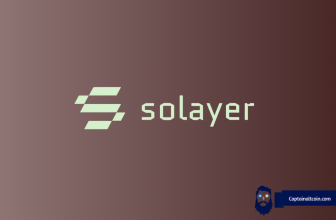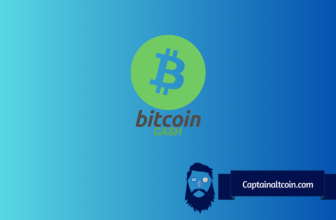
Constantinople is a backwards-incompatible upgrade, which is why the Ethereum blockchain must undergo a hard fork. The upgrade will include 5 different Ethereum improvement proposals (EIPs). It has been confirmed that Constantinople will activate on the processing of block 7,080,000, which is slated to arrive around January 14th, per CoinTelegraph and statistics from Etherscan.
Each of the EIPs will include changes to Ethereum’s code that induce better processing times for developers, fairer pricing structures, important scaling solutions, and changes to Ethereum’s economic policy.
The Constantinople update is expected to introduce several new Ethereum Improvement Proposals, including:
- EIP 145: Introduces Native bitwise shifting instructions which are more efficient for processing transactions on the network
- EIP 1218: Allows blocks to be directly aware of block hashes much older than the current hash
- EIP 1014: to implement scaling based upon state channels and off-chain transactions
- EIP 1052: optimizes large-scale code execution on the network
- EIP 1283: proposes the reduction of excessive gas costs where it does not match how most implementation works
Cryptocurrency supply models have long been a hot topic of conversation and no one has the “right” answer. However, I do think there are some metrics that can be used to justify certain supply models and enough years of history have passed to help us with the decision.
It is well known that once Proof of Stake is implemented on Ethereum, inflation will drop to around 0.5–1% on the network. However, the recent delay in Casper has once again brought up the debate around the built in “difficulty bomb” on the protocol along with what block rewards should be until Casper is implemented.
In the Metropolis hard fork, Ethereum reduced block reward issuance from 5 to 3. This was justified due to a large jump in Ether price and had no adverse effects on the network. Currently, Ethereum is rewarding 3 ETH per normal block and 2.625 ETH per uncle block to miners. This is creating around 25,500 ETH ($12mn) per day putting us at a yearly inflation rate of around 7.4%.
Bitcoin’s current yearly inflation rate sits around 4.25%. Ethereum will reach similar levels after the Constantinople.
Does anything change for the regular user?
Nothing an average user has to worry about.
Future contracts (ones created after Constantinople) can be made slightly cheaper due to bitwise shifting opcodes and the EXTCODEHASH opcode (eip-145 and eip-1052)
Generalized state channels will be more affordable and easier to use due to CREATE2 (eip-1014)
Existing contracts (and future contracts) executions will be cheaper due to the addition of net gas metering. (EIP-1283)
The difficulty bomb is being delayed another year, so you don’t have to worry about long blocktimes. Issuance is also going down from 3 ETH base reward per block to 2 ETH base reward (both in eip-1234)
The difficulty bomb adds a barrier of entry to forking Ethereum in that any community that forks has to be able to organize well enough to issue it’s own network upgrade. Organizing a network upgrade is fairly difficult/time-consuming as you have to coordinate among wallet providers, node providers, miners, developers, and exchanges.
The lowered inflation rate might be a bull spark for Ethereum that was hit hard in this bear market, dropping to the double digits lows, price levels not recorded since the first part of last year.








